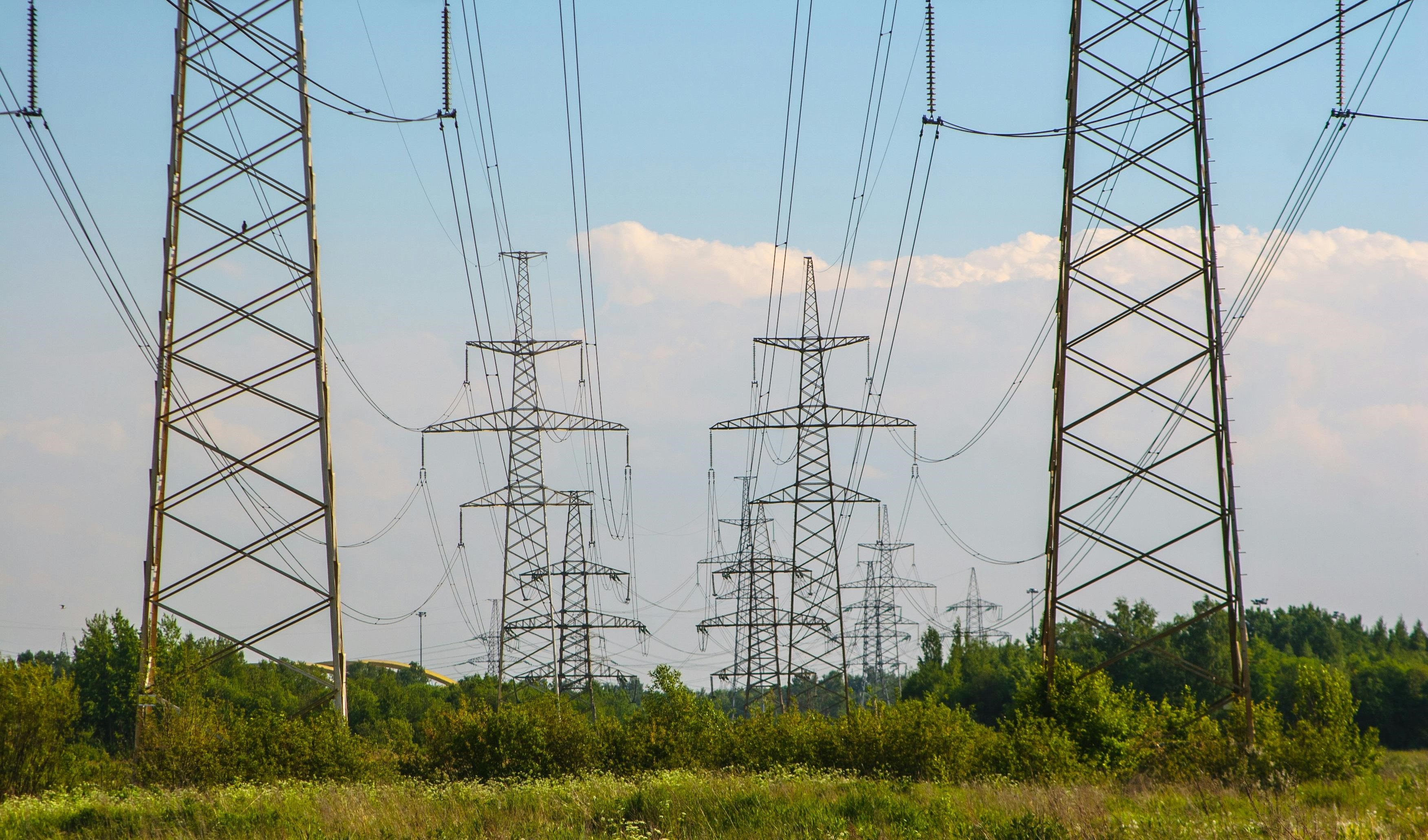What is spot market optimisation?
Spot market optimisation refers to the targeted adjustment of electricity consumption to short-term price developments in the spot market. Instead of purchasing electricity at fixed long-term prices, companies buy power flexibly on the day-ahead or intraday market.
The goal is to reduce energy costs by consuming or procuring electricity when prices are at their lowest.
Why is spot market optimisation important?
Spot market optimisation is crucial for companies as it allows them to secure electricity at the most favourable prices. By aligning energy use with low-price periods, businesses can benefit directly from market fluctuations.
To achieve this, price developments must be continuously monitored, analysed and forecasted – either manually by energy experts or automatically through smart energy management systems such as flexOn, which adjust consumption and procurement in real time according to spot market signals.
A well-optimised spot market strategy helps companies lower their energy costs and benefit from price opportunities. While day-ahead optimisation has long been established, modern digital solutions now enable companies to automatically react to the more volatile intraday market, providing even greater flexibility and cost advantages.
How can companies make the most of the spot market?
Companies can benefit from the spot market through a combination of strategic and digital approaches:
- Market monitoring: Regular analysis of price trends helps identify the best times to buy electricity.
- Automated procurement: Algorithms and software tools can automate trading decisions and maximise efficiency.
- Making energy consumption more flexible: Companies that adapt their electricity use to current spot prices can take advantage of low-price periods.
Spot market optimisation is therefore a key strategy for companies that want to manage energy consumption dynamically and reduce costs through flexibility.
Practical example: Spot market optimisation in the food industry
Companies in the food sector, which require high amounts of electricity for cooling and processing, can significantly reduce their energy costs through spot market optimisation. By aligning electricity consumption with favourable spot price signals – especially during periods of high renewable generation – they can cut operating costs while lowering emissions.
One example is Peter Bade GmbH, which achieved a 15.6% reduction in energy costs through spot market optimisation.
Spot market optimisation: Trends & outlook
Spot market optimisation is evolving rapidly. New developments such as AI-based forecasting, automated trading algorithms and dynamic grid charges create additional savings potential.
As the share of renewable energy continues to rise, electricity supply becomes more variable – and spot market prices more volatile. This volatility presents both a challenge and an opportunity: companies that use smart energy management platforms like flexOn can automatically respond to price signals and flexibly adjust their electricity consumption, turning volatility into a competitive advantage.
More knowledge from our blog

The new flexible grid charges for industrial customers
The German Federal Grid Agency is planning to adjust the regulations for individual grid charges for industrial customers. As a result of the energy transition, the framework conditions of the energy system are currently changing. The new regulations, which were set out in the recently published key point paper on Section 19 (2), should take this into account.

Power grid in Oranienburg overloaded: A proposed solution
Last week, various media reported on the electricity shortage in Oranienburg, the causes and the reaction of energy suppliers. Since such cases could occur more frequently in the future, we will look at possible solutions in the following article.

Saving energy in companies made easy
Saving energy is becoming increasingly important for companies – not only for ecological reasons, but also for economic reasons. In this blog article, we will show you why it is worthwhile to reduce energy consumption, what measures you can take and how an energy management system can help.


